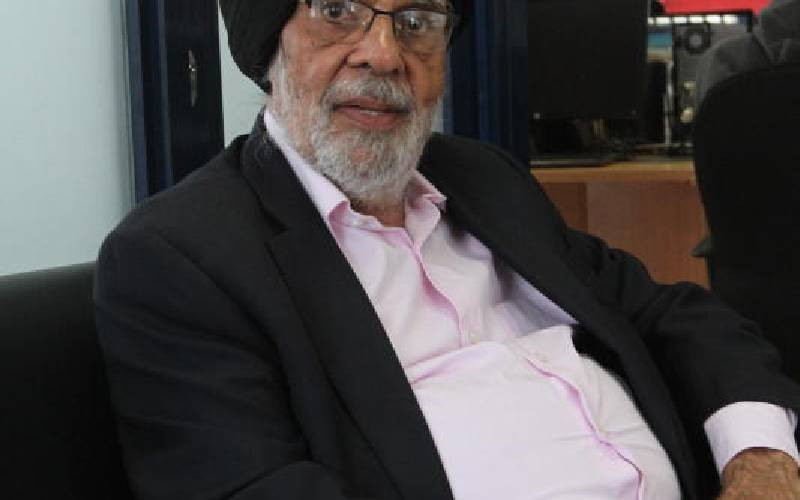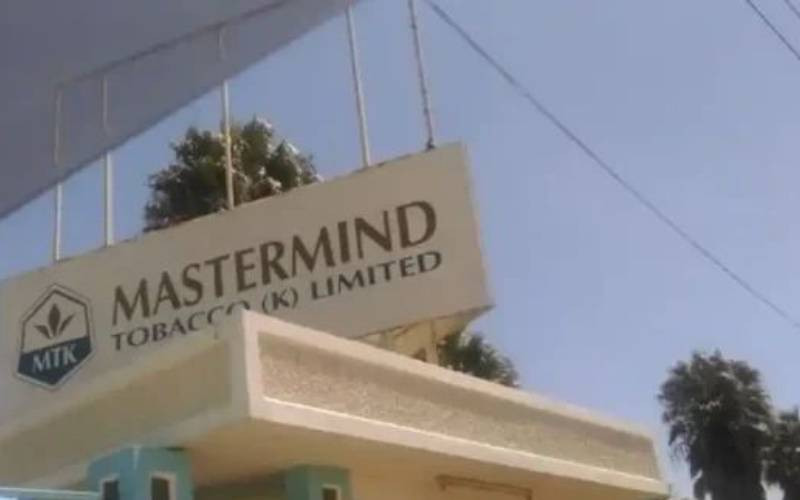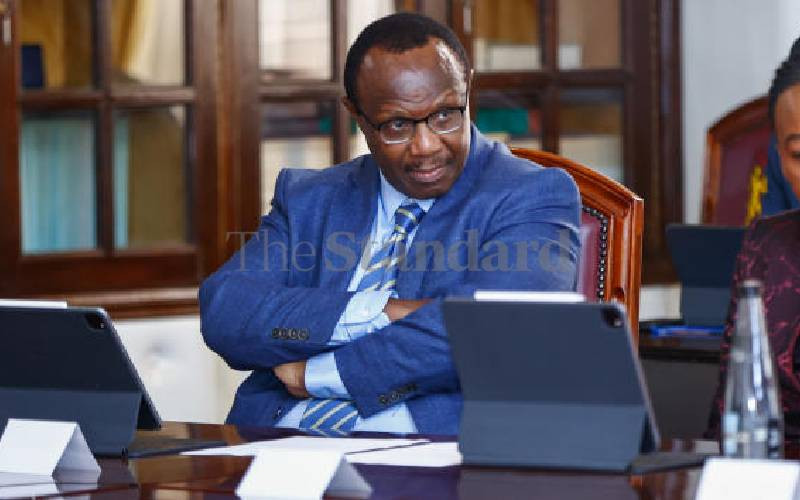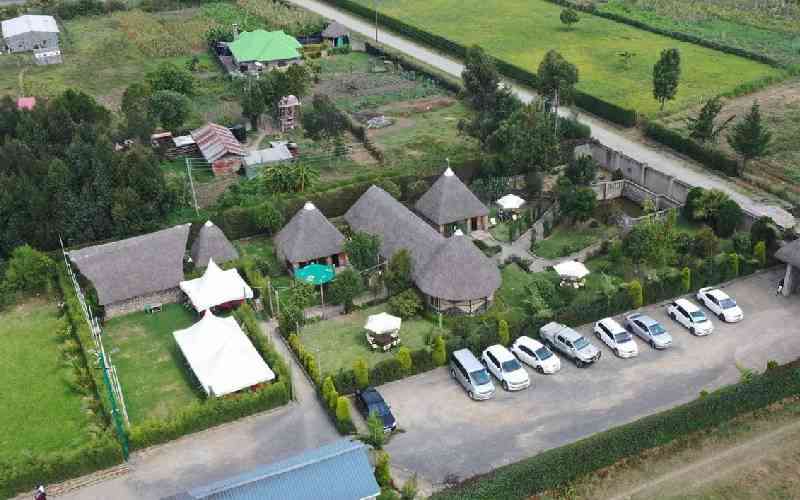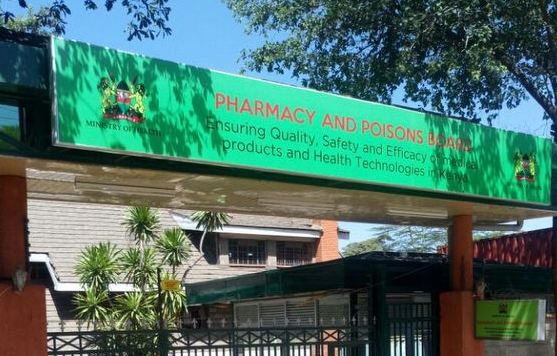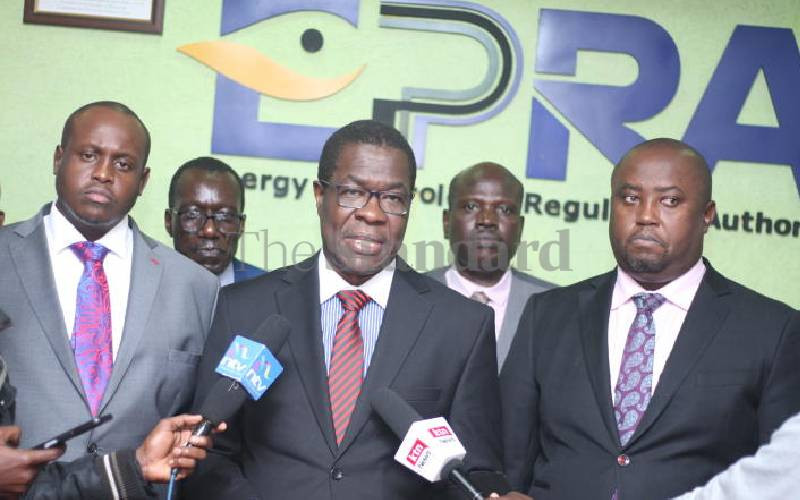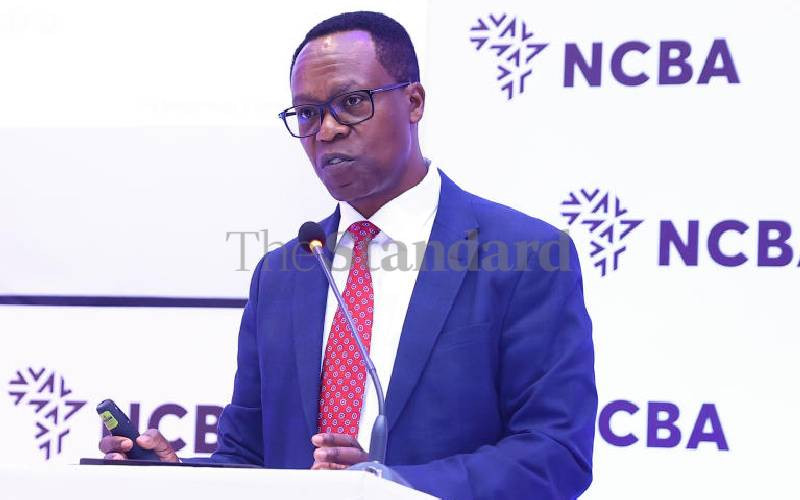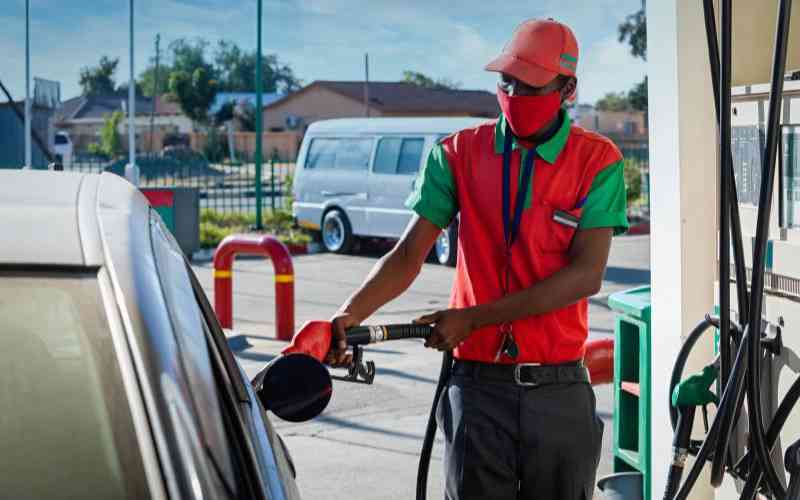
The government will have spent about Sh10 billion over the five months to December 14 this year, in cushioning Kenyans from the high cost of fuel.
The move has however failed to prevent pump prices from hitting historical highs, which has hit individuals and industries hard. This is seen in reduced fuel consumption.
The government however says without the intervention, it could have been worse for motorists and industries that heavily rely on fuel for operations.
The bulk of the Sh10 billion pump price stabilisation money will be spent over the current November-December pricing cycle at Sh6.32 billion.
The funds prevented the price of a litre of petrol from touching a high of Sh229 in Nairobi in the prices that were announced on November 14, 2023, and will be in place until mid-next month.
During this cycle, the government is spending heavily to ensure that the cost of super petrol remained at the same levels as last month, while that of diesel and kerosene dropped by Sh2 per litre. However, global prices are dropping.
Diesel users
A presentation by the Energy and Petroleum Regulatory Authority (Epra) breaking down the expenditure shows that the government spent Sh1.75 billion in stabilising fuel prices over the October-November cycle.
It spent another Sh1.79 billion over the August-September cycle. Over the July-August cycle, it spent Sh168 million in cushioning diesel users with kerosene and petrol consumers going without any cushioning over the cycle.
The government did not apply fuel stabilisation in the October-September cycle and as a result, pump prices went up by the highest margin ever.
The price of super petrol increased by Sh16.96, while diesel went up by Sh21.32 and kerosene by Sh33.13.
This month, the government will spend Sh19.82 per litre on cushioning diesel users, Sh12 per litre on super petrol and Sh3.64 per litre of kerosene, all of it adding up to Sh6.232 billion.
This resulted in a litre of diesel retailing at Sh203.47 in Nairobi while kerosene is going for 203.06. Super petrol will continue retailing at Sh217.36 per litre in Nairobi. Without the subsidy, a litre of super petrol would have retailed at Sh229.37 in Nairobi. Diesel would have risen to Sh223.29 while pimp price for kerosene would have increased to Sh206.70.
"In order to cushion consumers from a spike in pump prices as a consequence of increased landed costs, the government has opted to stabilise pump prices for the November-December 2023 cycle.
The National Treasury has identified resources within the current resource envelope to compensate oil marketing companies," said Epra in its monthly price capping guide.
The government uses funds collected through the Petroleum Development Levy to cushion Kenyans from high pump prices through what it calls pump price stabilisation. Motorists pay Sh5.40 per litre of super petrol and diesel that goes to the PDL kitty.
It has however had to look for other sources of funds when the requirement to subsidise is high and cannot be supported by the PDL Fund.
"PDL collects about Sh2.4 billion on a monthly basis. When we are giving back to Kenyans what we have collected through PDL, then we are stabilising," said Epra Director General Daniel Kiptoo, explaining the difference between stabilisation and subsidy.
He noted the State currently spends what the kitty has collected as opposed to the past where it would spend over and above the money collected through the PDL and ended up subsidising.
"We have been going through a period where oil prices have been on the up and up for a long time and we have been utilising what has been collected through the PDL... We will get to a point when the prices will go down and we will not need to stabilise pump prices and we will then rebuild the kitty."
Heavy spending by the government in cushioning Kenyans from high fuel prices is an about-turn by President William Ruto's administration, which had at the onset said it would scrap subsidies on petroleum products.
He dismissed them as unsustainable, noting that they distort markets.
The Ruto regime had in September last year done away with subsidising super petrol. It also started reducing the amount used to cushion Kenyans from the high price of diesel and kerosene and by May this year, did away with the subsidy on the two products.
The regime held that subsidising petroleum products was akin to subsidising consumption, noting that to deal with the high cost of living, it was better to subsidise production by lowering the cost of such inputs as fertiliser.
Scrapping the subsidies on petroleum products was a move supported by the International Monetary Fund (IMF) which has been pushing the government to look for mechanisms to grow tax collections. Players in transport and manufacturing sectors that heavily rely on petroleum however differed noting that fuel is an enabler for the economy and should be considered for subsidies or lower taxes.
In the July-August pricing cycle, the government reinstated the stabilising of petroleum products and spent Sh168 million to tame a hike in the cost of diesel. In subsequent months, the State has spent billions of shillings to prevent the sharp surges in the cost of the three petroleum products.
The fuel stabilisation programme that the government started implementing in March 2021 has in many instances shielded consumers from high pump prices but has been unpopular among industry players.
Availability of funds
The programme sees the oil marketers foregoing their margins at the pump, but are reimbursed later. The process is however a time-consuming one, which the Petroleum Ministry has in the past said involves confirming sales by the companies but is also affected by the availability of funds.
This has in the past affected the operations of the firms that are now having difficulties financing new fuel cargoes. They have protested the delays in the reimbursements and it is such a protest that was said to have been behind the severe fuel shortages experienced in March and April last year.
Industry players say numerous oil marketing companies, especially small-sized firms, closed shop owing to the high cost of running the business.
This is because many lacked working capital, owing to the delay in refunding them their margins. Other than the working capital, the small and medium-sized makers were also locked out of accessing products from the importers who would sell them products at high wholesale prices.
An industry presentation made to the Ministry of Petroleum last year showed that of the about 3,000 outlets run by independent oil marketers, 1,200 of them had shut down since the State started running the subsidy programme in April 2021 and last year July.
The independents, which typically run small petrol stations - some with as few as one or two fuel pumps - could not keep up with the rigours of a high-cost fuel regime.
While the delay in refunds affected the major oil firms, this was cascaded down to the independent firms who had to grapple with difficulties in securing products from major oil marketing companies that import fuel into the country, which were charging exorbitant rates. At some point, there were claims that the wholesale prices were at times at par with the retail prices.
This was as the major firms tried to cushion themselves from government delays in refunding their margins. Some of the firms that had been importing industry cargoes under the Open Tender System (OTS) were at some point unable to place bids at the OTS due to cashflow challenges.
 The Standard Group Plc is a multi-media organization with investments in media platforms spanning newspaper print
operations, television, radio broadcasting, digital and online services. The Standard Group is recognized as a
leading multi-media house in Kenya with a key influence in matters of national and international interest.
The Standard Group Plc is a multi-media organization with investments in media platforms spanning newspaper print
operations, television, radio broadcasting, digital and online services. The Standard Group is recognized as a
leading multi-media house in Kenya with a key influence in matters of national and international interest.

